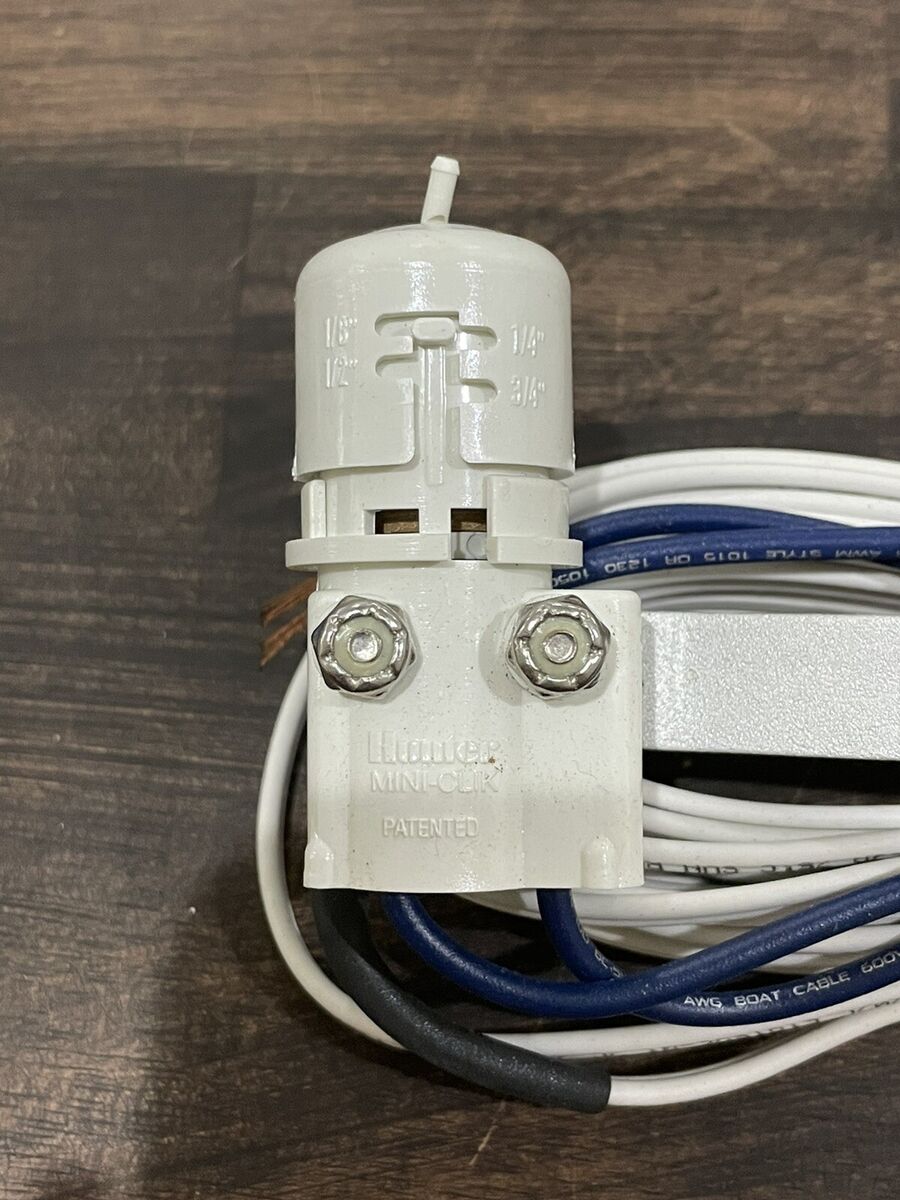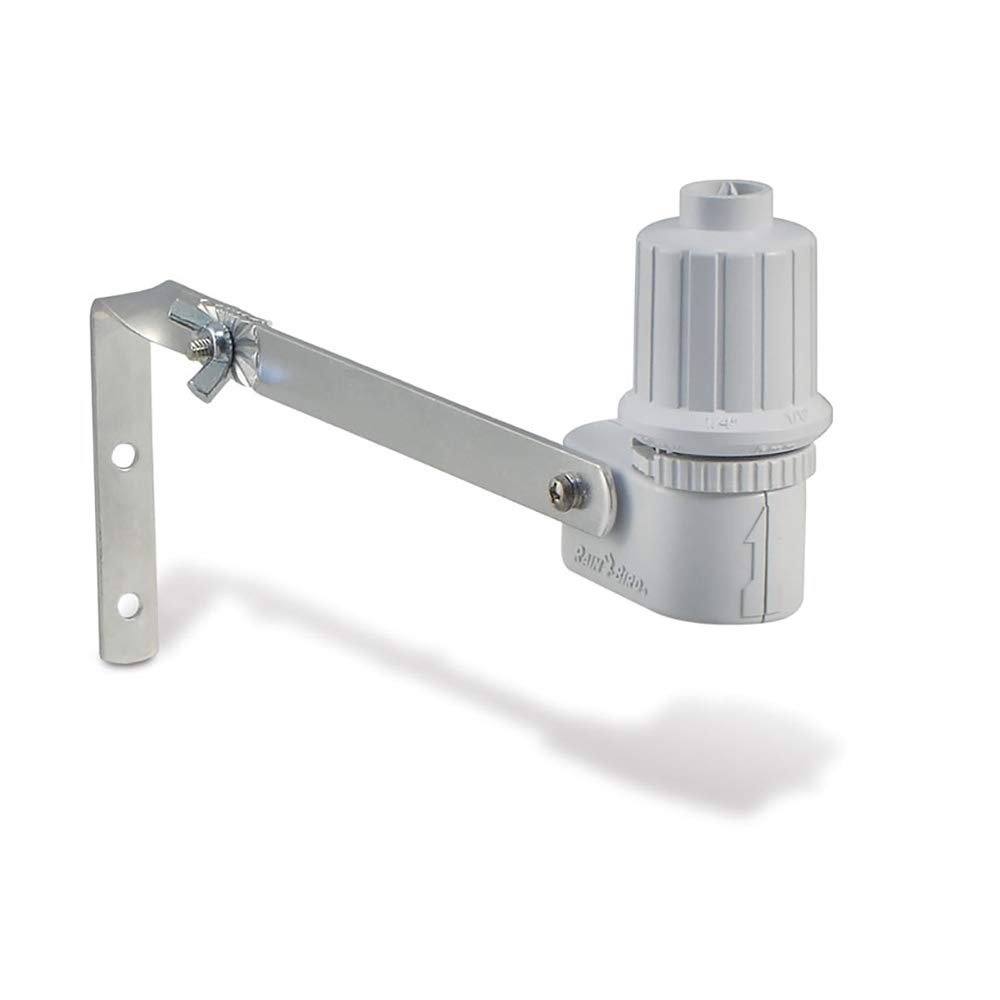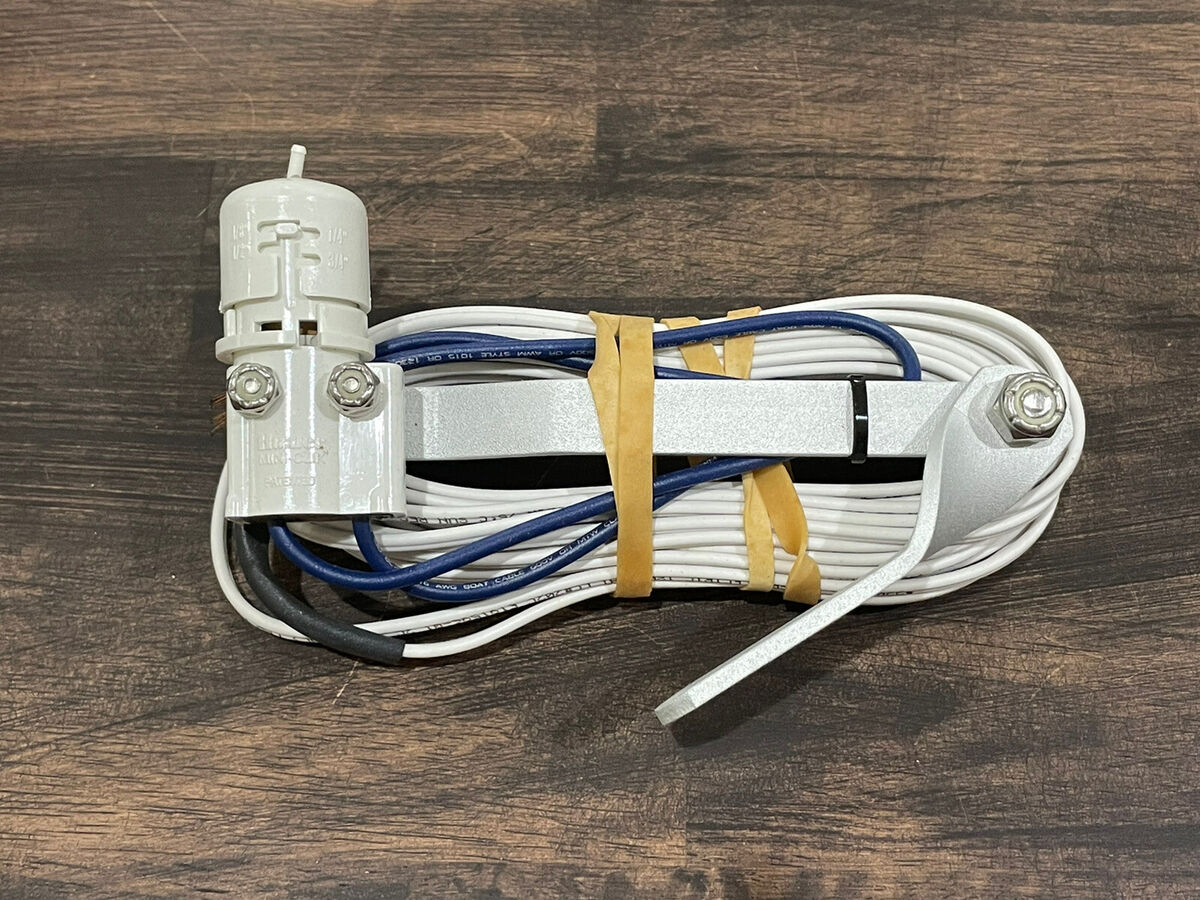
Introduction
Maintaining a lush and thriving garden requires dedication, consistent care, and the right tools. One crucial aspect of garden care is ensuring that your plants receive the right amount of water at the right time. This is where a rain sensor watering system, like the Mini Rain Sensor Automatic Shutoff Watering System, comes in handy.
Features of the Mini Rain Sensor Automatic Shutoff Watering System
The Mini Rain Sensor Automatic Shutoff Watering System is a versatile and user-friendly tool that simplifies the process of watering your plants. Its array of features makes it an ideal choice for gardeners of all levels.
-
Automatic Rain Detection and Shut-off: This smart watering system automatically detects rainfall and temporarily shuts off the watering schedule to prevent overwatering and water wastage. This feature is particularly beneficial in areas with frequent rainfall.
-
Customizable Watering Schedules: With the Mini Rain Sensor Automatic Shutoff Watering System, you can set customized watering schedules that cater to the specific needs of your plants. This allows you to tailor the watering frequency and duration based on plant type, soil conditions, and weather patterns.
-
Easy-to-Use Digital Display: The timer features a clear and intuitive digital display that makes programming and monitoring watering schedules a breeze. With just a few simple button presses, you can set up and adjust watering parameters without any hassle.
-
Durable and Weatherproof Construction: The Mini Rain Sensor Automatic Shutoff Watering System is constructed from high-quality materials that can withstand the elements. It is weatherproof and UV-resistant, ensuring that it can perform reliably even in harsh outdoor conditions.
-
Compatibility with Various Water Sources: This versatile timer can be connected to a variety of water sources, including faucets, hose bibs, and even water storage tanks. This flexibility allows you to use it in a wide range of garden setups.

Setting Up and Using the Mini Rain Sensor Automatic Shutoff Watering System
Getting started with the Mini Rain Sensor Automatic Shutoff Watering System is a straightforward process that can be completed in a few simple steps:
-
To begin the installation process, securely mount the water timer onto a wall or fence post in a central location within your garden, ensuring that it is easily accessible for programming and maintenance.
Next, connect the water timer to your garden’s water supply using the provided hose adapter or plumbing connections. Make sure that the connection is tight and free of leaks to prevent water wastage.
Once connected, access the timer’s digital display and set up your desired watering schedule, specifying the watering frequency, duration, and start time for your entire garden or individual watering zones.
Finally, position the rain sensor in an open area within your garden that receives direct rainfall. Avoid placing it under trees or other objects that could obstruct rainfall detection.

-
Testing the System: Once the programming is complete, manually activate the water timer to test the system. Observe the water flow and ensure that the watering zones are functioning correctly.
-
Troubleshooting Common Issues: If you encounter any issues during the setup or operation, refer to the user manual for troubleshooting tips. For more complex problems, contact the manufacturer’s customer support.
Benefits of Using the Mini Rain Sensor Automatic Shutoff Watering System
Incorporating the Mini Rain Sensor Automatic Shutoff Watering System into your gardening routine offers a multitude of benefits that enhance both the health of your plants and your overall gardening experience:
-
Conserves Water: By automatically skipping watering cycles during rainfall, the Mini Rain Sensor Automatic Shutoff Watering System helps prevent overwatering, which can lead to water wastage and potential damage to plants. This contributes to water conservation and environmentally friendly practices.
- Additionally, consistent and precise watering, ensured by the Mini Rain Sensor Automatic Shutoff Watering System, is crucial for optimal plant growth, promoting healthy root development, vibrant foliage, and abundant blooms.
Furthermore, the Mini Rain Sensor Automatic Shutoff Watering System saves time and effort, eliminating the burden of manual watering and allowing you to focus on other gardening tasks or simply enjoy your outdoor space.
-
Provides Peace of Mind: Whether you’re away on vacation or busy with other commitments, the Mini Rain Sensor Automatic Shutoff Watering System ensures that your plants receive the necessary care, providing peace of mind and eliminating the worry of underwatered or overwatered plants.
-
Enhances Curb Appeal: A well-maintained garden with a lush green lawn and thriving plants enhances curb appeal, contributing to a beautiful and inviting outdoor space. This not only adds beauty to your property but also potentially increases its value.

Applications of the Mini Rain Sensor Automatic Shutoff Watering System
The Mini Rain Sensor Automatic Shutoff Watering System’s versatility extends beyond traditional gardens. Here are some additional applications for this resourceful tool:
-
Watering Lawns and Gardens: The Mini Rain Sensor timer is ideal for maintaining healthy lawns and diverse garden beds. By automatically adjusting the watering schedule based on rainfall, it prevents overwatering while ensuring the soil receives sufficient moisture for optimal growth.
-
Watering Potted Plants and Hanging Baskets: For those who adore container gardening, the Mini Rain Sensor timer becomes a game-changer. Program individual watering schedules for your potted plants and hanging baskets, and let the rain sensor take care of adjustments during rainy periods. This eliminates the risk of overwatering delicate container plants.
-
Watering Vegetable Gardens: Vegetable gardens often require consistent moisture but are susceptible to fungal diseases with excessive watering. The Mini Rain Sensor timer provides the perfect solution. It delivers precise watering based on your program, and the rain sensor automatically adjusts to prevent oversaturation, promoting healthy vegetable growth.
-
Watering Greenhouses and Conservatories: In greenhouses and conservatories where humidity control is crucial, the Mini Rain Sensor timer offers a reliable watering solution. Program customized schedules for your exotic plants, and the rain sensor ensures adjustments are made during rainfall to maintain ideal moisture levels and prevent root rot.
-
Watering Vacation Homes and Rental Properties: For those with vacation homes or rental properties, the Mini Rain Sensor timer provides peace of mind. Program the timer before you leave, and the rain sensor takes care of the rest. Your plants receive the necessary water, even during your absence, eliminating the worry of underwatered plants or potential damage from burst pipes due to overwatering.

Tips for Choosing the Right Rain Sensor Watering System for Your Garden
Selecting the perfect rain sensor watering system for your garden requires considering a few key factors:
-
Consider the Size of Your Garden: A larger garden will likely require a system with more watering zones to manage different areas effectively. The Mini Rain Sensor timer may come in various models with different zone capacities, so choose the one that best suits your garden size.
-
When selecting a watering system such as the Mini Rain Sensor timer, several considerations come into play. Firstly, Determine the Number of Watering Zones You Need by assessing the diverse watering needs of your plants and the layout of your garden. The Mini Rain Sensor timer’s ability to handle multiple zones allows you to create customized watering programs for lawns, flowerbeds, vegetable patches, and other areas.
Furthermore, when choosing a system with the features you need, it’s important to consider aspects such as compatibility with your water source (faucet, hose bib, or water tank) and the ability to set multiple watering schedules. The Mini Rain Sensor timer offers these functionalities, making it a well-rounded choice for diverse garden setups.
Furthermore, it’s crucial to Consider the Price. Rain sensor watering systems range in price depending on features and capabilities. Set a budget and choose a system that offers the functionality you require within your price range. The Mini Rain Sensor timer is known for its affordability and user-friendly design, making it an attractive option for many gardeners.
Lastly, Read Reviews from Other Customers, as they can provide valuable insights into the performance and user experience. Reviews can highlight the timer’s strengths and weaknesses, helping you make an informed decision.
Maintaining the Mini Rain Sensor Automatic Shutoff Watering System
Ensuring the smooth operation of your Mini Rain Sensor Automatic Shutoff Watering System requires minimal maintenance:
-
Cleaning the Filter: Periodically clean the filter screen located at the water inlet to prevent clogging and ensure optimal water flow.
-
Checking the Batteries: If your Mini Rain Sensor timer uses batteries, regularly check their power level and replace them when necessary to avoid disruptions in the watering schedule.
-
Inspecting the Connections: Occasionally inspect the hose connections and the rain sensor itself for leaks or signs of wear and tear. Tighten any loose connections and replace damaged hoses to prevent water wastage.
-
Cleaning the Rain Sensor: Periodically clean the rain sensor with a soft brush to remove any debris or dirt accumulation that could hinder its ability to detect rainfall accurately.
-
Winterizing the Timer: In colder climates, it’s crucial to winterize the timer by following the manufacturer’s instructions. This may involve draining the water from the unit and storing it indoors to prevent damage from freezing temperatures.
Troubleshooting Common Problems with the Mini Rain Sensor Automatic Shutoff Watering System
While the Mini Rain Sensor timer is a reliable tool, occasional minor issues might arise. Here’s how to address some common problems:
-
The Timer is Not Turning On: Double-check the battery power (if applicable) and ensure the timer is properly plugged into a power source or that the on/off switch is turned on. Consult the user manual for troubleshooting steps specific to your model.